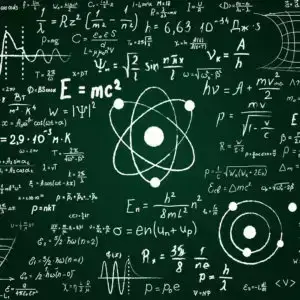- cross-posted to:
- science@beehaw.org
- cross-posted to:
- science@beehaw.org
Their findings, published in the Journal of Holography Applications in Physics, go beyond simply suggesting that we’re not living in a simulated world like The Matrix. They prove something far more profound: the universe is built on a type of understanding that exists beyond the reach of any algorithm.



Gotta tell you, this sounds like bullshit. Godel’s incompleteness theorems prove that there are some questions that cannot be proven by axiom (or consequently, by algorithm). But that in no way rules out simulating our reality. Cuz I got news for you, Godel’s incompleteness theorems hold true here inthis universe too, my guys. And yet we still have a functioning universe.
Godels proof only applies to mathematical abstracts like the nature of natural numbers. It shows that we will never have a complete, self consistent, provable description of things like natural numbers. But we still use them all the damn time, particularly in computation. And things that aren’t abstract? Things that can be observed, and described? That can all be simulated.
Their argument seems to come down to the idea that you need a non-algorithmic higher order logic to have a universe. Insert whatever mystical unknowable source you want in there. Cool. We would still have that in a simulated universe, sourced from the universe doing the simulation. You dont have to recreate the nature of mathematics in this new universe to simulated it. The math already exists, and you apply it to the simulations. Godel’s theorems hold true, and observable physical nature is simulated without issue. The only thing that is actually difficult to simulate algorithmically is true randomness, but there are already plenty of ways to generate random numbers from measurements of our own physical world’s randomness, so this too can arise from the higher order world too.
I’m not saying that I think we are actually in a simulation, I’m just saying that the aspects of this “proof” that they mention in the article seems very weak.